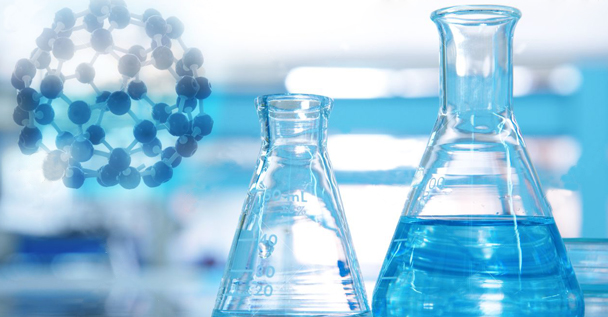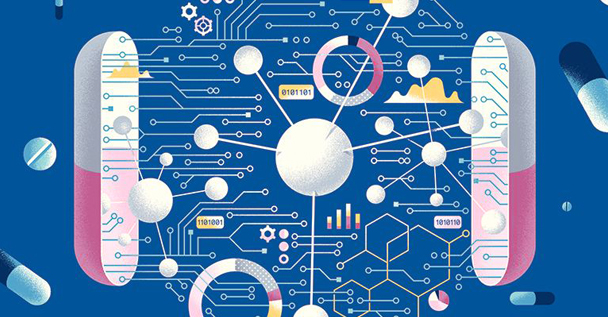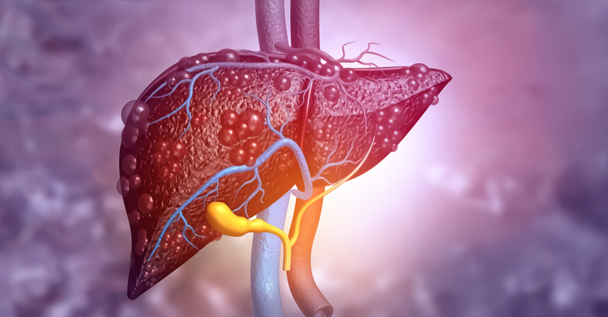NASH Drug Discovery Services
Creative Biolabs is one of the well-recognized experts who are professional in applying advanced NASH drug discovery and antibody engineering technologies for a broad range of project objectives. Based on our platforms, we can successfully provide one-stop services for better treatment of NASH.
Introduction of NASH
As a more aggressive type of nonalcoholic fatty liver disease (NAFLD), nonalcoholic steatohepatitis (NASH) can progress to cirrhosis and hepatocellular cancer in 5-15% of patients. It is rapidly becoming the leading cause of end-stage liver disease and is projected to become the most common indication for liver transplantation in the next decade. NASH is the main cause of chronic liver disease and a major health problem in the Western world, owing to its close association with obesity, diabetes, and metabolic syndrome. It is characterized by cell injury, inflammation, hepatocyte ballooning, varying degrees of fibrosis, and cirrhosis which increase the risk of hepatocellular carcinoma (HCC) with high rates of mortality.
Diagnosis of NASH
Because the NASH patients usually have no noticeable symptoms, a liver biopsy remains the gold standard for making a definitive diagnosis of NASH. Patients with significant NASH fibrosis seen on liver biopsy have an increased risk for liver-related morbidity and mortality compared to patients with simple steatosis. It is well known that when NASH progresses to the end stage, the necroinflammatory changes and serum transaminase levels gradually decline; therefore, presence of low-grade inflammation and a low serum aspartate aminotransferase (AST) level may indicate the end stage of cirrhotic NASH. Due to the drawbacks of liver biopsy and the improved understanding of the pathogenesis of NASH, Creative Biolabs has successfully established various new technologies for NASH diagnosis. For instance, surrogate biomarkers may contribute to the diagnostic process and provide reliable, non-invasive alternatives to liver biopsy.
Pathophysiology and Pathogenesis of NASH
The pathogenesis of NASH has many assumptions, and the widely recognized are 'two-hit' hypothesis and 'multiple parallel hits' hypothesis. The 'two-hit' hypothesis is based on the appearance of steatosis (first hit), followed by a second hit leading to inflammation, hepatocyte damage, and fibrosis. The multi-parallel hypothesis suggests that NASH is the result of numerous conditions acting in parallel, including genetic predisposition, abnormal lipid metabolism, oxidative stress, lipotoxicity, mitochondrial dysfunction, altered production of cytokines and adipokines, gut dysbiosis and endoplasmic reticulum stress. As more contributing factors are being continuously identified, a more complex picture of NASH pathogenesis is emerging. Further understanding of these key pathways of NASH should ultimately help mitigate its global impact. With our advanced NASH drug discovery and development platforms, there has an increasing focus on modulating the mediators of these pathways as therapeutic targets in patients with NASH.
Our Services
The treatment of NASH is a problem that the researchers pay close attention to and urgently needs to solve. Creative Biolabs offers a series of services for better treatment of NASH, from the development of diagnostic biomarkers, the discovery of potential therapeutic targets to the provision of preclinical models. With our extensive knowledge and experiences, we are proud to provide comprehensive and high-quality services. Services we can provide include but are not limited to:
-
The development of biomarkers for NASH diagnosis
We can provide a series of potential biomarkers development services for NASH non-invasive diagnosis. -
Target discovery for NASH therapy
We can provide a range of potential therapeutic target development services, and also provide novel treatment strategy design services. -
Preclinical models of NASH
We can develop in vivo or in vitro NASH-related preclinical model building services to better study the pathogenesis and provide more comprehensive assist for better treatment of NASH.
For more detailed information, please feel free to contact us.
 For Research Use Only.
For Research Use Only.


